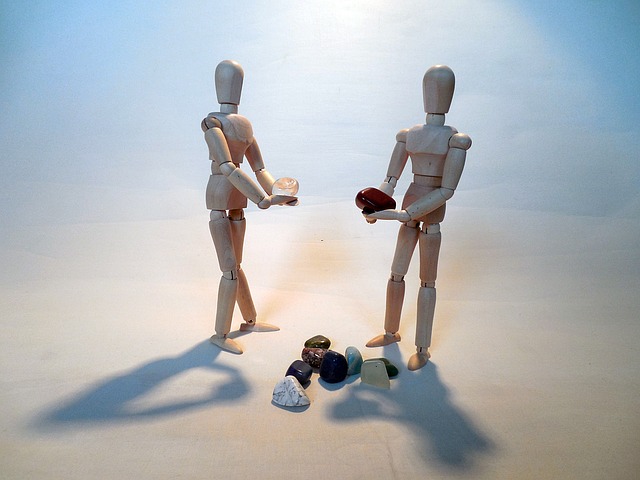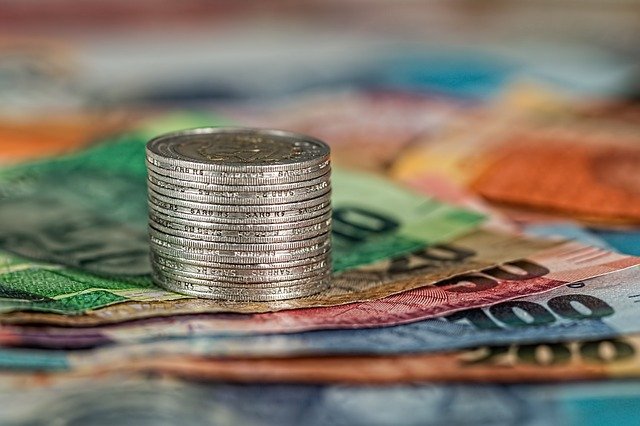First, let\’s look at what the development of payments actually looked like historically and how trade was generally conducted.
–Barter
This form of exchange of goods for goods is called barter. It is a direct exchange that does not involve other means of exchange. Barter was mainly used during the colonial period, but it is still widely used as a form of trade today, so it is not an obsolete phenomenon.
–General Equivalents
In the past, so-called commodity money was also used. For example, livestock, furs, salt, precious metals, and other valuables. As noted above, these were still barter-type trades, but these elements of the monetary system were still in their infancy. The disadvantages of these common equivalents were that they were difficult to divide, difficult to store, and, of course, in some cases, not durable.
–Metal Coins
Around the 7th to 6th centuries B.C., metal coins, called coins, began to replace the common equivalents above. Coins greatly facilitated trade. Gradually, gold, silver, and copper coins were minted according to weight and later decorated with numbers and symbols.
Thus, from the moment a ruler marked a metal ingot, guaranteeing the exact weight and purity of the metal, it was called a coin. For example, the first Czech silver coin, known as the denarii, was minted by Boleslav I around 970.
– Banknotes
Naturally, with the development of trade and society came pressure to find alternatives to metal money. This necessitated the need to find a new kind of money that would meet the requirements of trade. Thus paper money was issued, and this was in the 17th century.
Thus, banknotes took the form of paper, the essence of which was the promise that the bearer would be paid a sum of money expressed in an amount of precious metal. However, money eventually became a form of payment in its own right. In China, however, paper money came into use much earlier, already in the 9th century AD.
Thus, money was created precisely to facilitate trade. In doing so, it was no longer necessary to exchange products in kind, but simply to exchange money for selected goods and services. Thus trade, as we know it today, was divided into two acts. One is to sell. The other is to buy.
Throughout history, precious metals have of course been used as payment for practical reasons. The most widely used has been gold, which is still used today as a means of accumulating wealth.